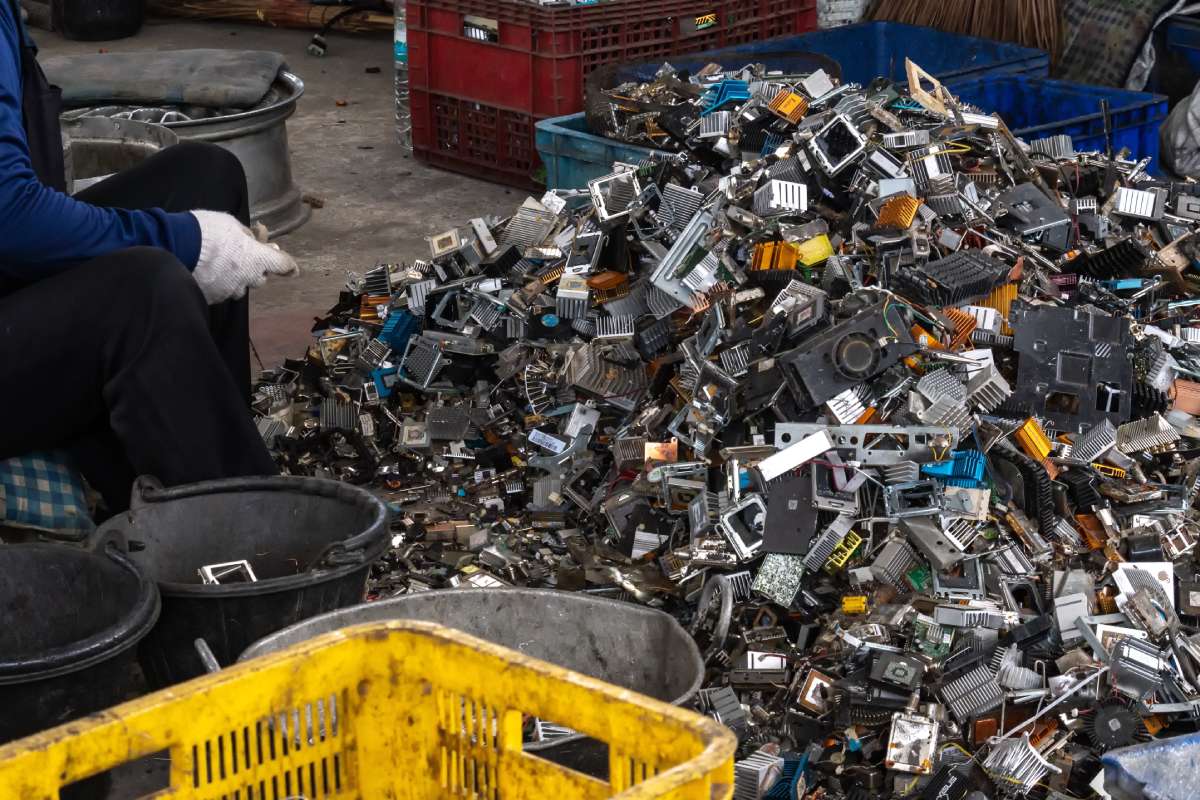
When people think of waste, they might not immediately consider E-waste—electrical or electronic waste that has served its purpose, become worn out, or been replaced. E-waste can include computers, television sets, laptops, tablets, smartphones, printers, and other devices. They qualify as hazardous waste, which can negatively affect the ecosystem. What are the environmental impacts of E-waste? Here is a quick breakdown of why E-waste is dangerous and what we can do about it.
What’s the Big Deal?
E-waste might appear harmless, but it’s not. Most E-waste contains hazardous materials such as mercury, lead, cadmium, barium, lithium, and other chemicals and substances. They can harm the ecosystem, and subsequently plant, animal, and human life, if they leach into the environment. Here are a few more ways E-waste causes extensive damage:
Soil Contamination
Landfills have permeable layers of materials that strain trash of wastewater, allowing it to re-enter the ecosystem. Unfortunately, when E-waste enters landfills, it breaks down and releases toxic chemicals into the surrounding soil. As a result, the soil is contaminated and the chemicals eventually enter the food chain, harming plants, animals, and eventually human beings.
Water Pollution
Landfills help wastewater slowly return to the ecosystem through filtration and sedimentation. Unfortunately, because of E-waste, landfill water might carry hazardous substances that leach into the groundwater and nearby bodies of water. The water supply becomes contaminated, and some chemicals, like mercury, accumulate in fish and other aquatic life and poison the food chain. It’s all connected, and such poisons will eventually find their way into our bodies.
Air Pollution
Some waste disposal facilities incorporate incineration in their disposal practices. Burning E-waste allows waste processors to recover valuable metals like copper and gold. At the same time, the process releases toxic fumes such as dioxins and furans into the air. Dioxins and furans can cause cancer, liver and kidney damage, and other health issues while contributing to poor air quality in the surrounding community.
Resource Depletion
We often forget that the earth usually can’t replace what we take from it. While the planet provides an incredible amount of raw material, it will eventually run out of the stuff we need to create electronic and electrical products. Simply throwing away old items without retrieving valuable materials encourages mining and other retrieval methods, which expends more natural resources and further damages the environment.
Next Steps
We’ve answered the question, “What are the environmental impacts of E-waste?” Now, you might wonder what you can do. First, never toss electronic waste into the trash. Work with certified recyclers to pick up and dispose of your E-waste and other potentially hazardous products. Consult manufacturers about buyback, take-back, and similar programs.
If you are a business owner, train your employees in common E-waste disposal methods, and conduct regular audits to remain compliant with local, state, and federal regulations. If you’re a homeowner, be sure to incorporate these procedures in your daily upkeep. When we work together to curb E-waste, we can make a safer and cleaner world!
